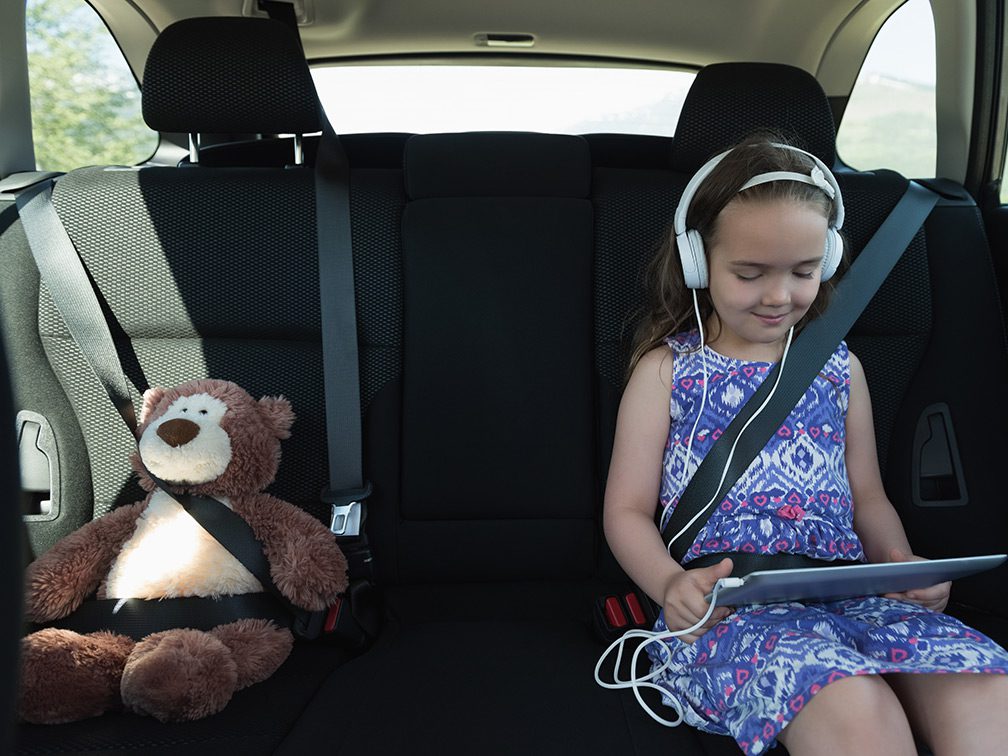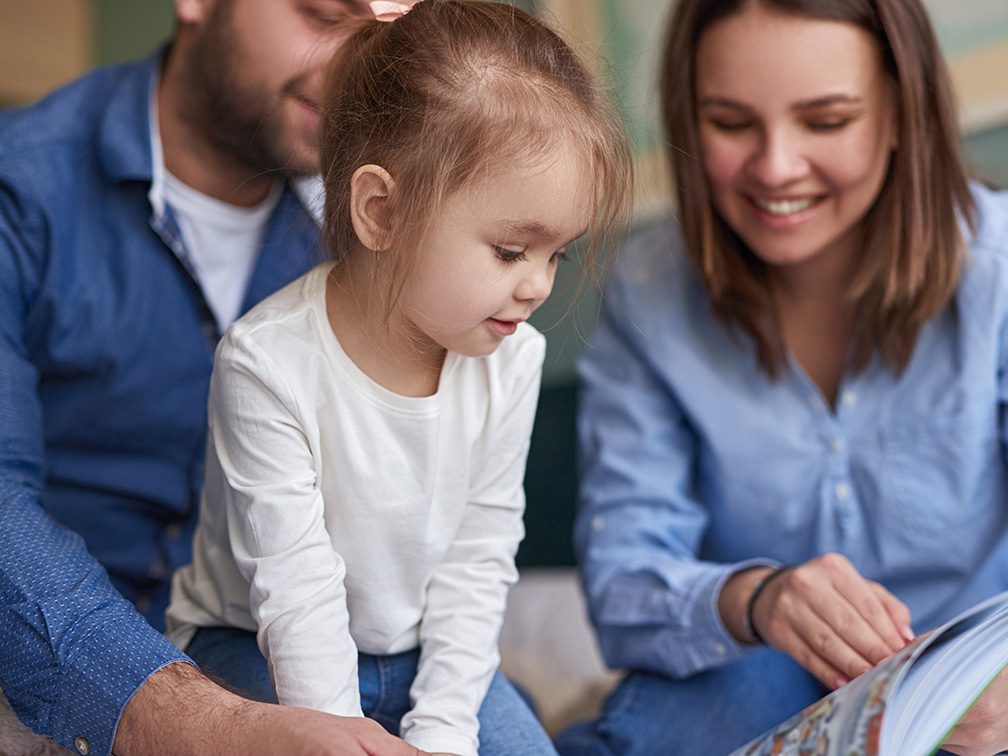Holiday tips for kids with ASD

The holiday season can be the most fun and exciting times of the year. It can be a time to relax and unwind and spend quality time with friends and family. Unfortunately, the holiday season can be an especially stressful time for parents. As a parent, you need to juggle work with taking care of kids and keeping them entertained through the holidays. This stress can often be even greater for parents of young children with autism spectrum disorder and /or developmental delay as schedule changes, diet changes, new experiences, and visitors in the home can prove to be a bit much sometimes.
Here are some tips for children with ASD over the holidays to help you and your family to reduce the stress and enjoy the holiday season.
Put a plan in place
One of the great benefits of school, after school care, sports, scouts, therapy, etc. is the routine predictability of everything. Wake up at 7am, breakfast at 7:30 and out the door at 8 five days a week can be a wonderful routine to keep everyone in the family ticking along through the days. This type of routine can be especially helpful for those members of your family who thrive on predictability and for whom surprises and uncertainty can sometimes push them over the edge.
Once school lets out for the year and the kids get to spend a bit more time at home, parents often realise a bit too late just how much the routine of school helps keep harmony in the house and start counting down the days until school starts again. You can nip this cycle in the bud by maintaining simple routines across the day (matching somewhat to what is expected during the school year), and populating the days with regular activities. It could be as simple as getting up and out every morning to the local park to beat the heat, or as complex as planning camps, maintaining therapy schedules, or planning out family trips including destinations or activities that will have a little something special for everyone involved.
Create a visual schedule
Now that you have an idea of how you would like to structure your holidays, you can get things visual. By creating a visual schedule, you can help your child to know what they can expect and reduce the likelihood of meltdowns between transitions. Your schedule may include the different places you are planning to visit and can also highlight the activities that will occur on a regular basis (such as meal-times, sleep-times and down-times). When laying out the schedule you could even ask your child to help you arrange the order of places on the list, which can help them to anticipate what will be happening through the day. If you show your child which items in the schedule need to remain constant (bed-time, weekend at Pop’s) and which items they can shift around, you are helping to teach them tolerance of non-negotiables as well as choice making.
As you are leaving one place on your outing, you could also ask your child, “Where do we go next?” This will focus their attention on the schedule.
You can hand write (or draw) your day’s schedule in a creative way, or there a number of apps or websites that provide resources that can help. Choiceworks, ABA Resources, and My Diffability Australia are all good choices to look to first.
Be mindful about change
Change can be difficult for many children with ASD, so putting out all of your new holiday decorations at once can be overwhelming for them. If your child has difficulty with change, try putting out a different holiday decoration or do a different thing (like decorating the tree) each day. This can help reduce the anxiety that sudden changes can bring about. You can also help prepare them for change by including the different activities in your visual schedule. A fun idea might be to play home change bingo, in which you have a bingo card that shows all of the different things that can be done to the house. Over the couple of weeks before the holiday break you could have your child bring the bingo card on your trips around the neighbourhood and see how many changes they can tick off the board. This will show them what the change will look like, help them mentally prepare for the change, and help them think about what they would like to see happen with their home.
Reward Positive Behaviour
Don’t forget to continue to support and reward positive behaviour during the holiday times. Always let your child know how well they are doing!
Work with them to set a series of realistic goals for behaviour and achievements over the holidays. What do they value in their life? Do they want to meet new people? See new things? Learn a new skill, keep training for the upcoming Judo competition, or keep their pet healthy by feeding them and taking them out for a walk? You can help them prioritise actions to take and behaviours to show during the holidays that will help them feel as though they’ve won the day. If they like visually keeping track of their successes, consider putting together a start chart so they know exactly when they took a positive action.
We hope that some of these holiday tips for kids with ASD help families’ holidays run a bit smoother.
Published On : December 21, 2022
Read more
Published On : December 21, 2022
Whether you’re flying or driving, traveling with kids with ASD for the holidays can be tricky. Here are some tips for helping travel go more smoothly.
Published On : January 19, 2023
Here are some things to look out for when considering an ABA program for your child.


